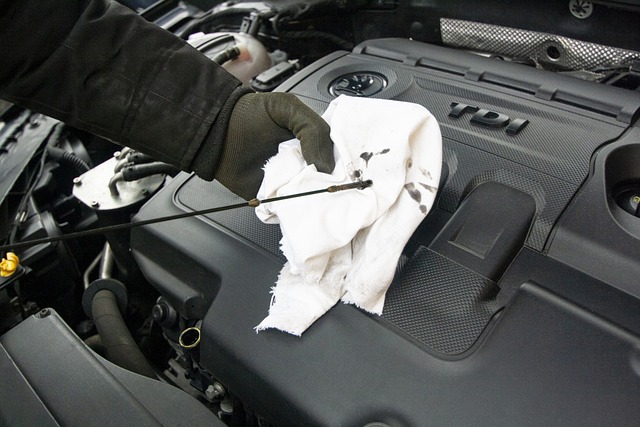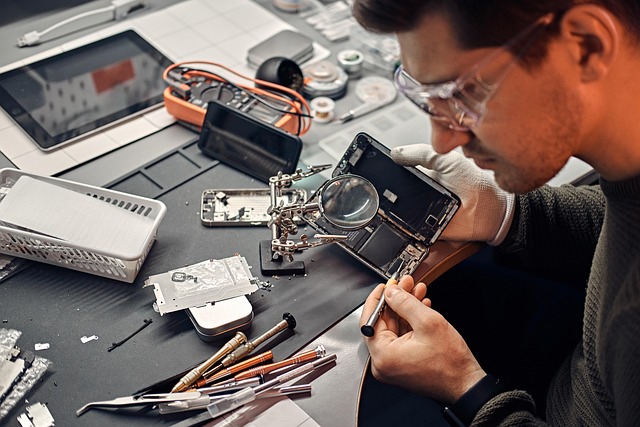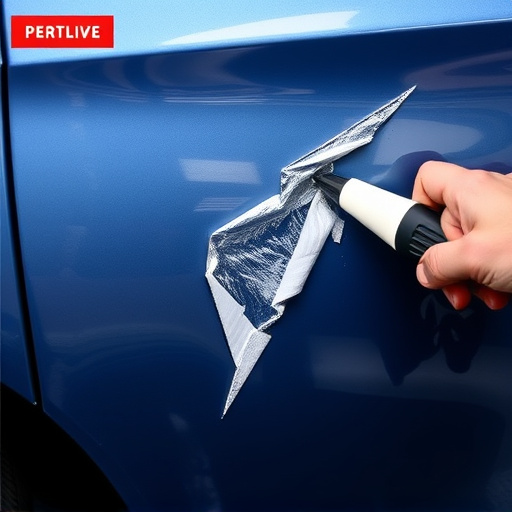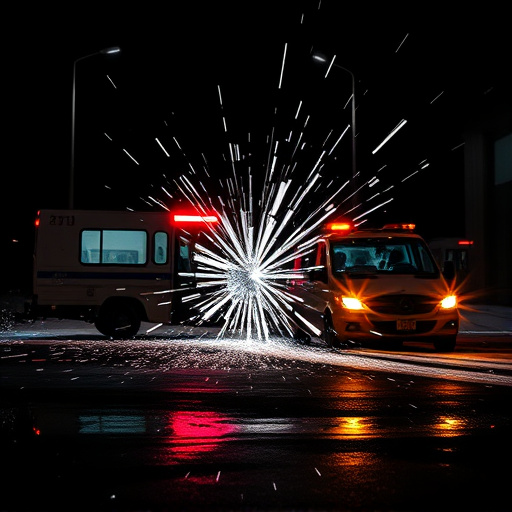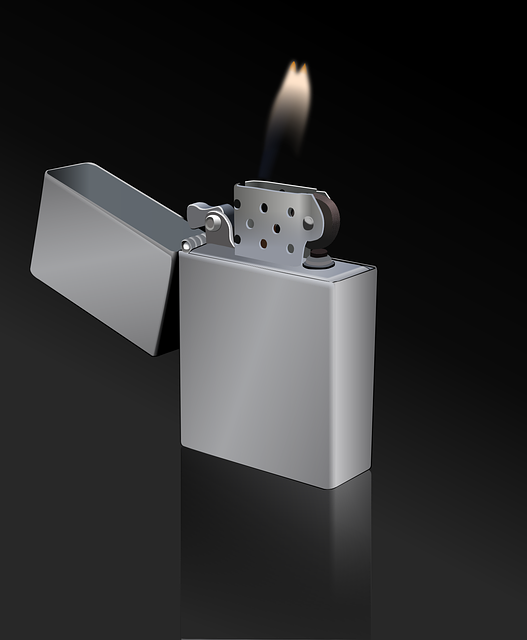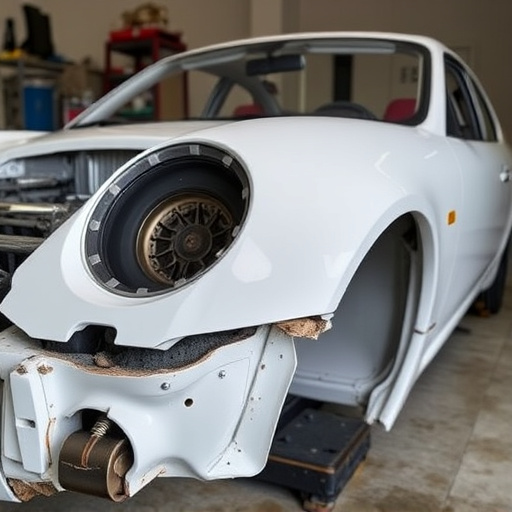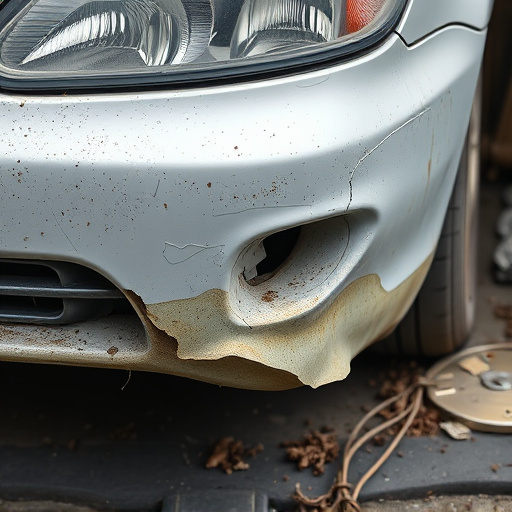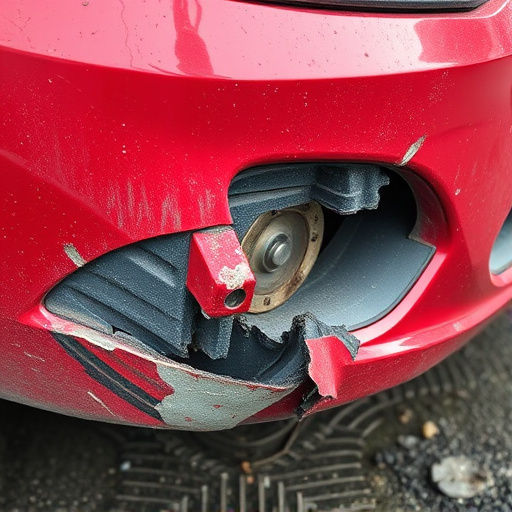A brake system collision check is a critical safety step after accidents, examining functional components like pads, rotors, calipers, and hydraulic systems to prevent future collisions and guide accurate repairs. This process enhances customer trust in automotive services, fostering loyalty through proactive vehicle maintenance and ensuring peace of mind regarding safety and reliability.
In today’s automotive landscape, safety is paramount. The brake system collision check plays a pivotal role in ensuring customer satisfaction by proactively enhancing vehicle security. This essential feature detects potential collisions, enabling rapid response and mitigating risks. By understanding how these checks function and their profound impact on both safety and trust, we can appreciate their critical role in boosting overall customer experience. Explore the nuances of brake system collision checks to unravel their significance in the pursuit of satisfied customers.
- Understanding Brake System Collision Checks
- Enhancing Safety and Customer Trust
- The Impact on Overall Customer Satisfaction
Understanding Brake System Collision Checks

A brake system collision check is a critical safety measure that plays a pivotal role in ensuring customer satisfaction and vehicle longevity. This process involves meticulously inspecting and evaluating the condition of a vehicle’s braking components after a collision or accident. It goes beyond mere visual inspections, delving into functional tests to identify any damage or wear that could compromise the brake system’s effectiveness. The check includes examining crucial parts like brake pads, rotors, calipers, and hydraulic systems for signs of distress, ensuring they operate within specified parameters.
By conducting thorough brake system collision checks, auto body repairs specialists can pinpoint issues that may not be immediately apparent. This proactive approach to car bodywork maintenance is essential in preventing future accidents and ensuring the safety of drivers and passengers. Moreover, it helps in accurately diagnosing problems related to bumper repair or other external damage, allowing for precise and efficient repairs without unnecessary costs or delays.
Enhancing Safety and Customer Trust
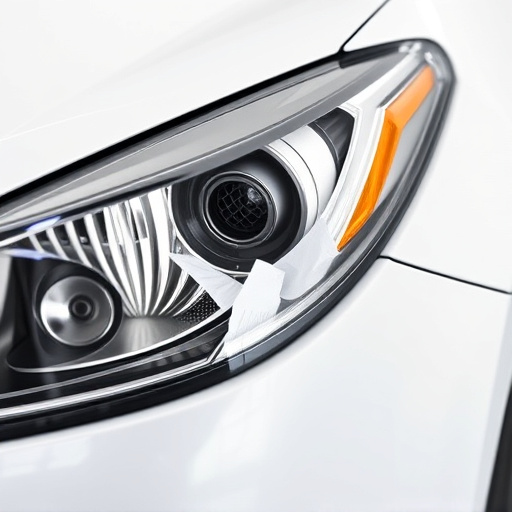
The brake system collision check is a critical component in ensuring customer satisfaction and safety on the road. By implementing this check as part of regular car maintenance, automotive repair shops can significantly enhance the overall driving experience for their clients. When a vehicle undergoes a collision or accident, even minor ones, it can affect the integrity of its brake system over time. A thorough inspection identifies any potential issues early on, allowing for prompt repairs and restoring the car to its optimal performance. This proactive approach not only guarantees superior automotive restoration but also instills trust in customers, assuring them that their safety is a top priority.
Trust is a cornerstone in the relationship between car owners and repair shops. Knowing that their vehicle’s critical systems, like brakes, are regularly checked and maintained, customers feel more secure on the road. This increased trust can lead to better customer retention and positive word-of-mouth referrals, which are invaluable assets for any car repair shop. With a focus on safety and quality control, these checks become a game-changer in fostering long-lasting relationships with clients who demand not just car repair but peace of mind while driving their vehicles.
The Impact on Overall Customer Satisfaction
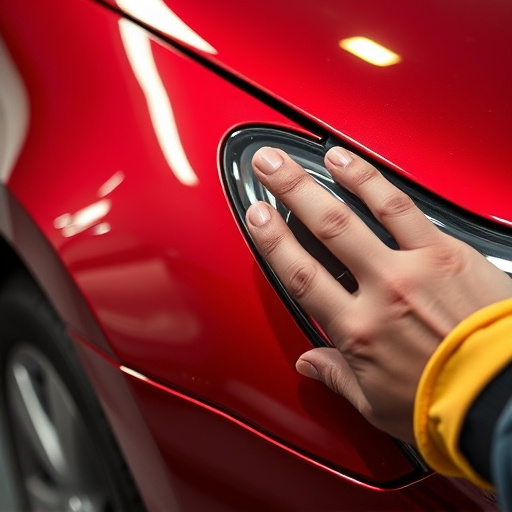
A brake system collision check plays a pivotal role in enhancing overall customer satisfaction, especially for individuals who have experienced a fender bender or minor accident. Customers value peace of mind when it comes to their vehicle’s safety and reliability after such incidents. By performing a thorough collision check, which includes inspecting the brake system, technicians can identify any potential issues that may impact driving experience. This proactive approach reassures customers that their cars are in optimal condition, reducing concerns about future performance.
Moreover, a well-executed frame straightening process, often part of the collision repair services at a reputable collision center, ensures that the vehicle’s structural integrity is restored. Customers appreciate the meticulous attention to detail, knowing that their car’s frame and related components have been accurately aligned and corrected. This level of service not only improves safety but also increases customer trust, fostering long-term loyalty, especially for those who have had previous experiences with less thorough repairs after a fender bender.
Brake system collision checks play a pivotal role in enhancing safety and fostering customer trust, ultimately contributing to higher levels of overall customer satisfaction. By proactively identifying and rectifying potential issues, these checks ensure vehicles operate optimally, calming drivers’ fears and reinforcing the reliability of automotive services. In today’s competitive market, prioritizing such measures is a game-changer, as it transforms maintenance experiences from stressful concerns into reassuring guarantees.

